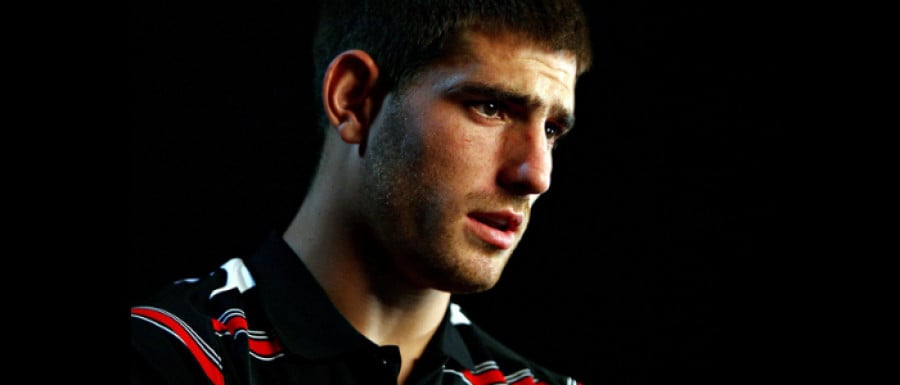Ched Evans: Release, Retribution and Rehabilitation

In April 2012 Ched Evans, the former Wales and Sheffield United striker, was convicted of raping a 19-year-old woman in a hotel room in Rhyl, Denbighshire. It is a shocking and a wholly unacceptable crime for him to have committed.
Release
Last month Evans was released after serving half of his 5-year prison sentence. Upon his release, and following a request from his union and the PFA, Sheffield United offered Evans the opportunity to train with the club. It was, though, emphasised by the club at the time that no decision had been made about whether to offer Evans a new contract.1 However, following days of stinging public criticism of the club from pressure groups,2 local politicians,3 sponsors,4 celebrities5 let alone members of the public,6 the club retracted its training offer to Evans.7
It is in that high-profile context that this article will consider how the law operates in relation to convictions of Evans’ kind as well as looking at policy arguments about the rehabilitation of offenders, especially within the world of football.
Retribution
Modern society, by way of its criminal laws, believes that an offender should be punished for their crime - the more serious the offence, the stiffer the punishment. However, it has also recognised that once the punishment has been served, the offender should be rehabilitated back into society having served their “time”. 8
In terms of the approach to the punitive aspect of a conviction, an effective checklist is followed by the presiding judge to determine the appropriate sentence. Even for a very serious crime such as rape, the law distinguishes between the worst possible types of circumstances and others that do not fall into that category. That distinction, or range of approaches, takes into account, first, the level of harm to the victim and, secondly, the culpability of the accused: Sexual Offences Definitive Guideline: Rape and assault offences, 2013. As to the level of harm, consideration is given to a number of factors, including the vulnerability of the victim, their age and the nature of the offence itself.9 In relation to culpability, the actions or attitudes of the offender in committing the crime are also taken into account: Sexual offences Definitive Guideline, 2013.10 It is only once those two steps have been undertaken that the appropriate sentence is determined.11
To continue reading or watching login or register here
Already a member? Sign in
Get access to all of the expert analysis and commentary at LawInSport including articles, webinars, conference videos and podcast transcripts. Find out more here.
- Tags: Criminal Law | Football | Governance | Regulation
Related Articles
- The end of the licensed football agent?
- Roundtable Debate – The Business of Inclusion in Football
- The continuing debate of nationality in sports
- The evolving business of football: ‘insuring against the cost of success’
Written by
John Mehrzad KC
John Mehrzad KC is a Barrister at Fountain Court Chambers specialising in sports law, employment and commercial disputes, across the fields of litigation, domestic and international arbitration as well as cross-border matters.
He was appointed as a silk after only 12 full years’ practice – the fastest barrister appointee of the 2019 competition. More recently, he was listed in The Lawyer’s “Hot 100 2023”, and he has been described in the legal directories as “exceptional and a true heavyweight in his field” with the recommendation that “if you want to win – you want him on your side before the opposition snaps him up”. He was nominated as ‘Sports Law Silk of the Year’ by The Legal 500 in 2022 and 2023.
Seyra Dagadu
Seyra Dagadu has a keen interest in Commercial Law and the profession of sports. He has a background in Law and Business from the University of Warwick where he also played football winning both the league and varsity cups.


 Global Summit 2024
Global Summit 2024